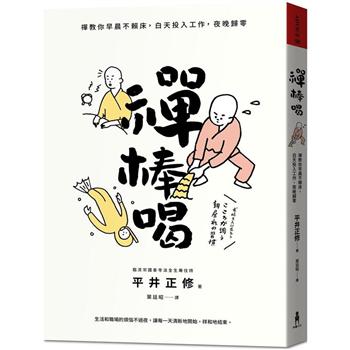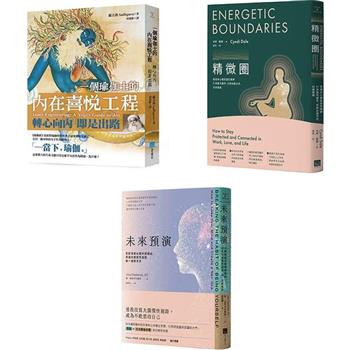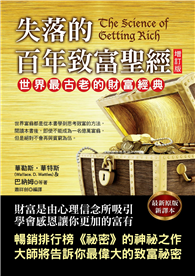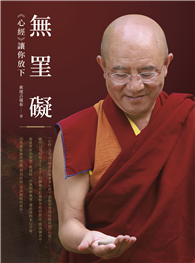Techniques for the analysis of texture in digital images are essential to a range of applications in areas as diverse as robotics, defence, medicine and the geo-sciences. In biological vision, texture is an important cue allowing humans to discriminate objects. This is because the brain is able to decipher important variations in data at scales smaller than those of the viewed objects. In order to deal with texture in digital data, many techniques have been developed by image processing researchers.
1.provides detailed descriptions of methods used to analyse binary as well as grey texture images
2.presents information on two levels: an easy-to-follow narrative explaining the basics, and an advanced, in-depth study of mathematical theorems and concepts
3.looks at ‘good’ and ‘bad’ image processing practice, with wrongly designed algorithms illustrating ‘what not to do’
4.includes accompanying website, setting out all algorithms discussed within the text.
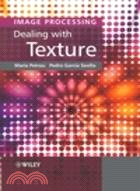
 看圖書介紹
看圖書介紹


